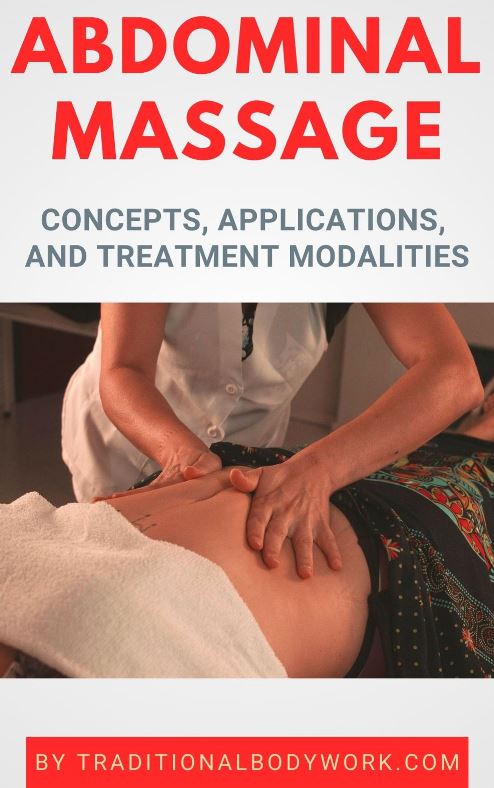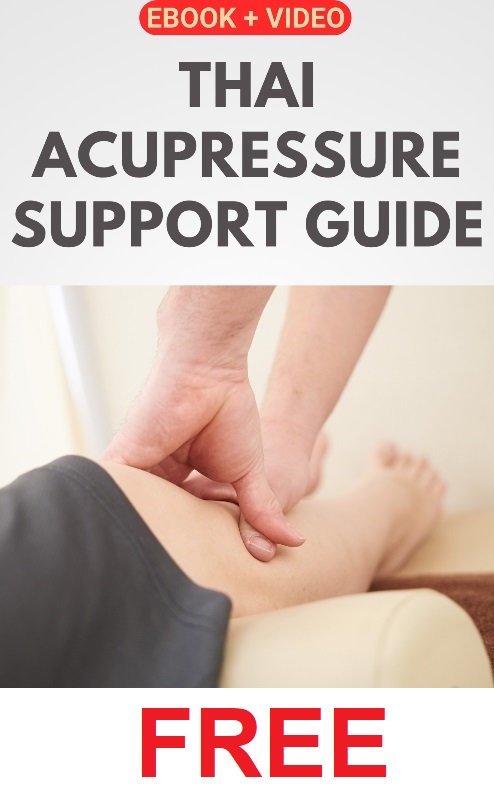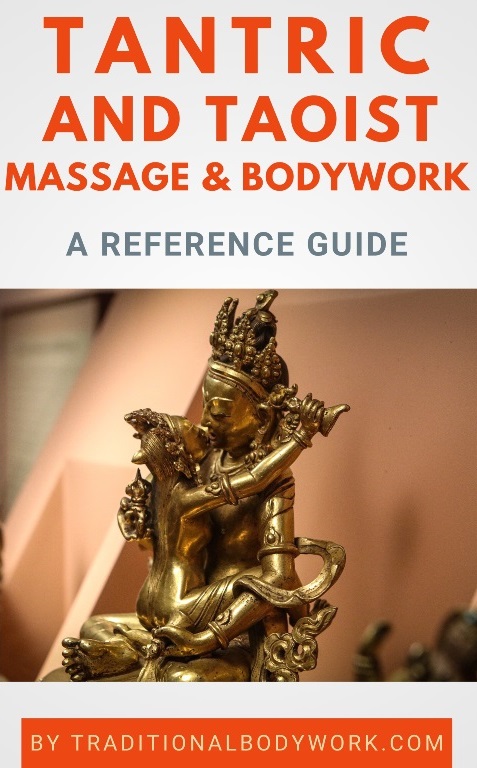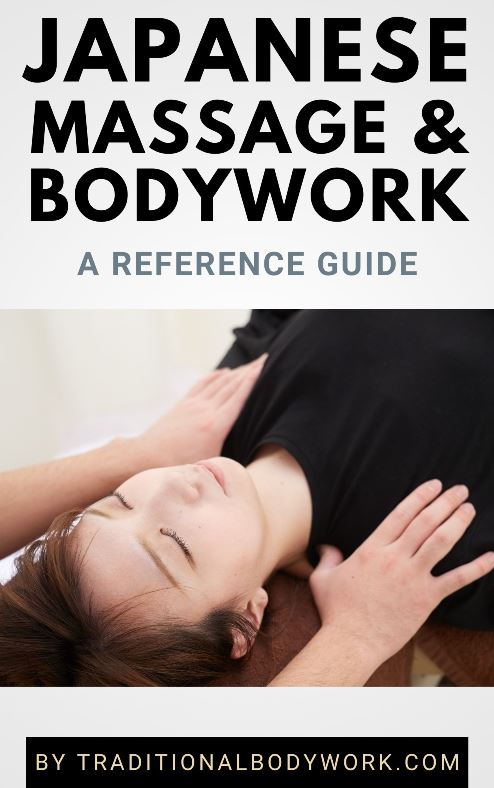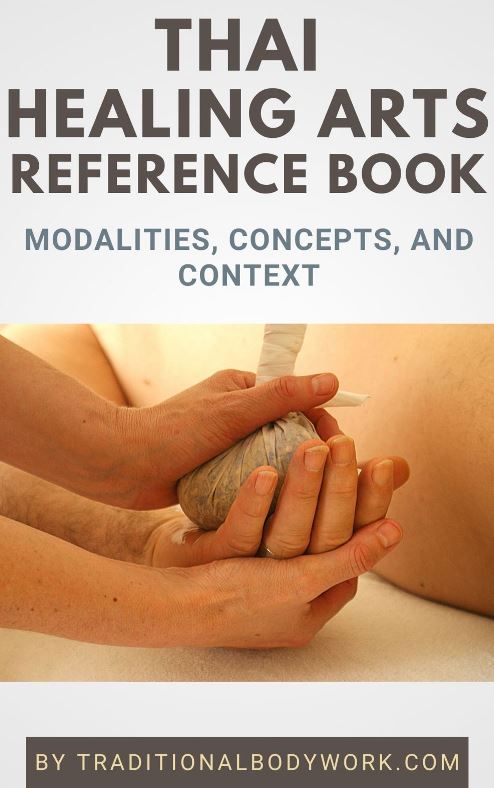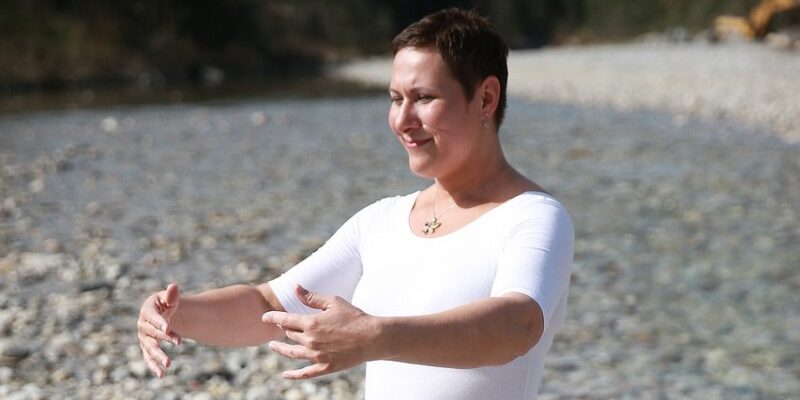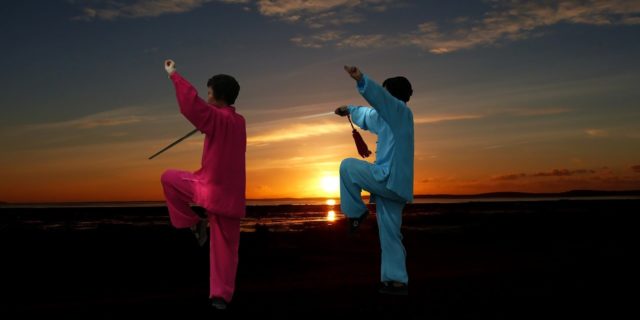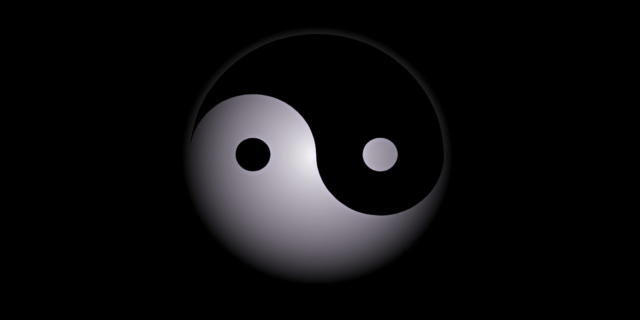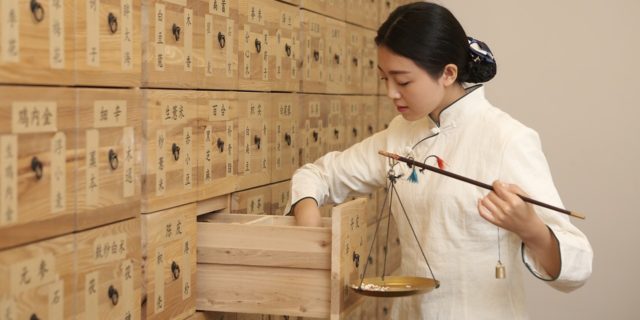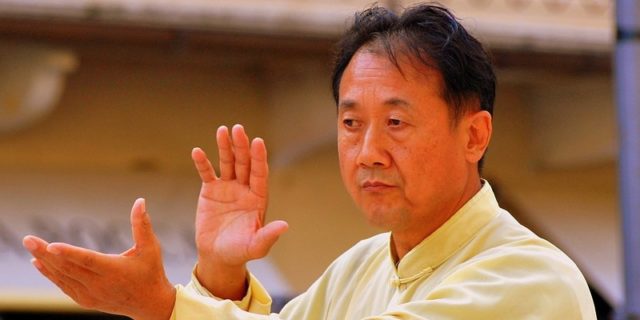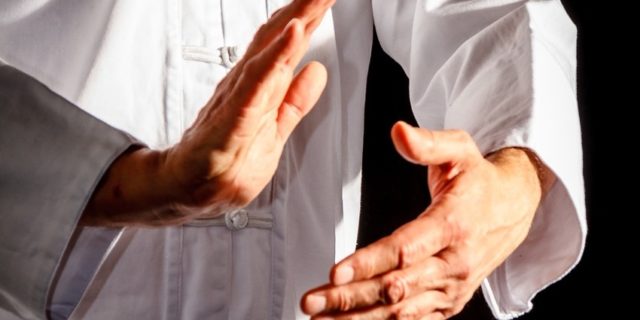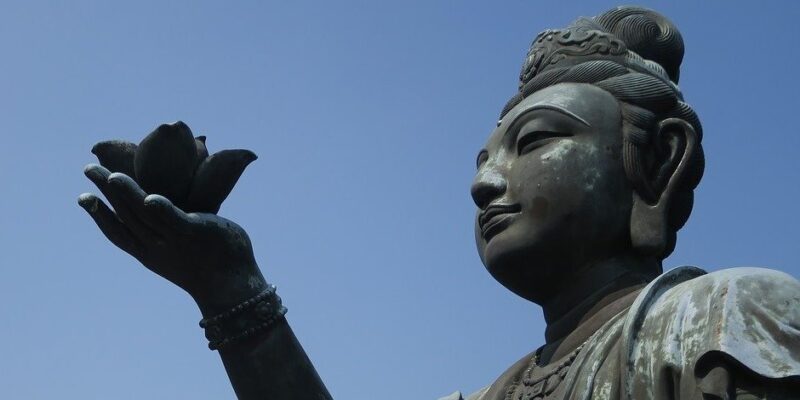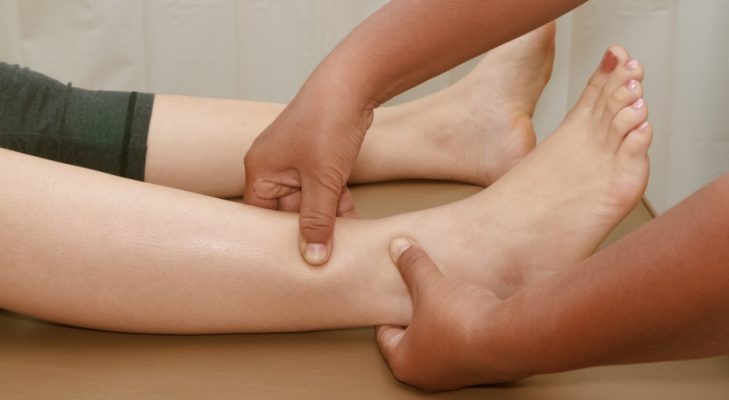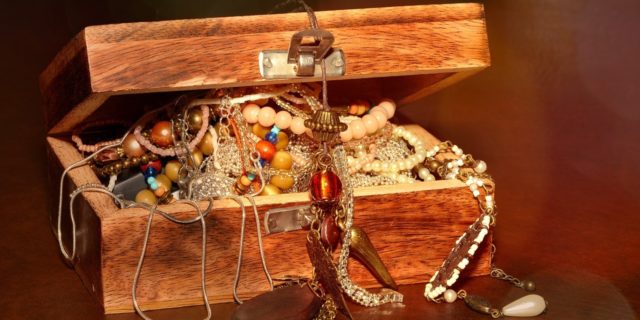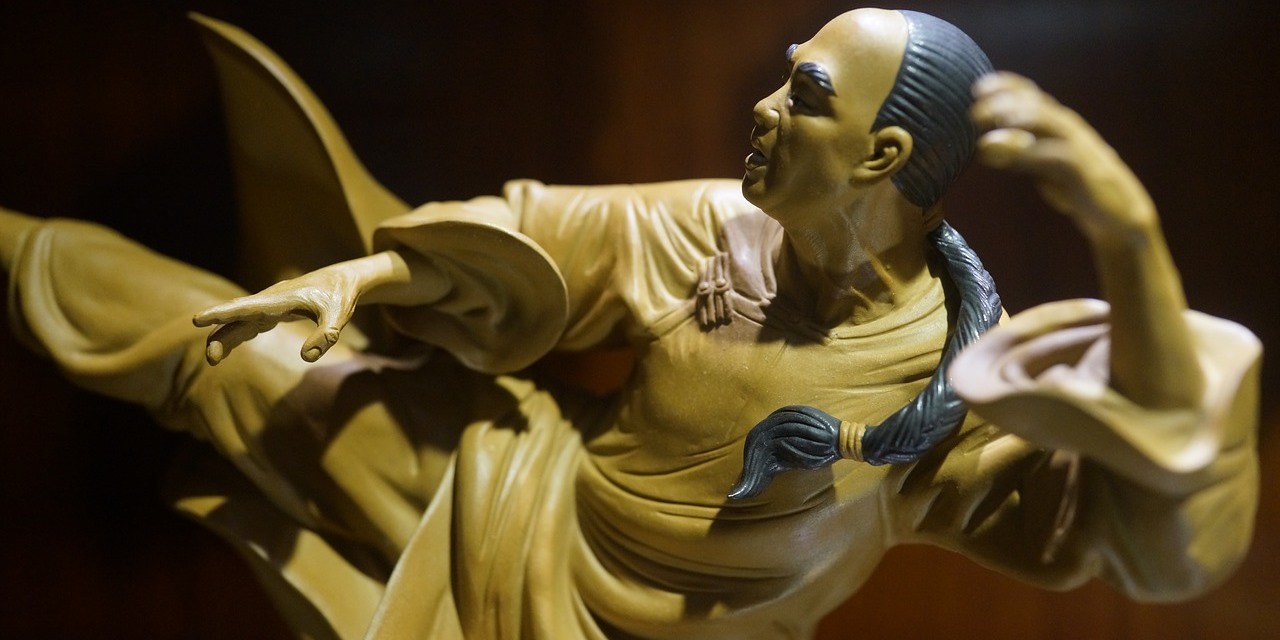
Traditional Chinese Medicine (TCM) and the Chinese Martial Arts (called Kung Fu, Wushu, Kuosho, or Quanfa) share a common history in ancient China.
Medical treatments were in demand due to combat injuries and the health care needed by martial arts fighters. In order to do this properly, medicine practitioners needed to understand the body, and the fighters on their turn needed knowledge of the body and energy aspects to recover and get stronger, but also to know how to effectively fight an opponent.
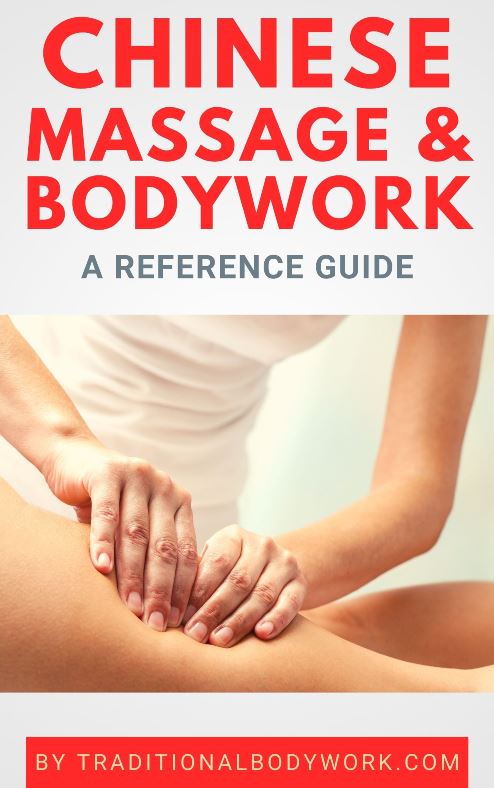
All TCM modalities, like Herbal Medicine, Tai Chi, Qigong, Acupuncture, Bone-Setting, Cupping, and so on, promote in their own way better combat competencies by, for instance, stimulating an improved blood circulation, better Qi flow, better concentration and balance, or faster wound healing.
In the past, it was not uncommon that great fighters were also great healers. It’s a kind of paradox, because martial arts and TCM seem to be lying at opposing sides of the spectrum: destruction and creation. But in fact, some martial arts teachers, because of their knowledge of traumatic injuries, also made their livings as doctors practicing orthopedics and traumatology.
Great destroyers can be great creators, and this fits perfectly well in the Yin Yan philosophy of which its idea is that each property is the root for its opposing property and opposites cannot exist without each other. Well, in that sense, a martial arts master who practices the healing arts is of course the perfect balance.

